Milkweeds and MonarchsThe monarch butterfly (Danaus plexippus) is one of the most well-known butterflies but unfortunately, populations have been declining for years (1) though they are not yet at a critical level. Although other butterflies, such as the Karner blue, are at risk of becoming extinct and deserve more attention than they currently receive, the monarch is what I consider a “gateway” insect. Just like many people consider chickens the “gateway” animal on hobby farms (once you get chickens it often leads to acquiring other farm animals), the monarch is a butterfly that receives a lot of attention and leads people to understand the importance of saving other butterflies and insects that may not be as showy or pretty but still serve an important ecological niche. I will try to focus on other important insects in future blog posts but for this post, I will focus on monarchs. One of the reasons monarch butterflies may be harder to conserve than other species of insects is that they are migratory. Therefore, you need to focus on habitat conservation not just where they lay eggs and live as caterpillars but also where they overwinter as adults. Monarchs that live east of the Rocky Mountains migrate to Mexico (and sometimes the southern US) in the fall (2). Monarchs that live in the Pacific states often overwinter in California, but some also migrate to Mexico (2). The overwintered butterflies lay eggs in early spring where they spent the winter, those eggs hatch, and turn into adults, who then migrate back north into the United States and Canada (2). Most people are aware that the larvae (caterpillars) of monarch butterflies only eat milkweed. However, many people (myself included before a few years ago) may not realize that multiple milkweed species exist that can support monarch butterflies. Milkweeds belong to the Apocynaceae family, mostly the Asclepias genus, which contains over 200 species of milkweed plants, 73 of which are native to the United States (3). The Cynanchum, Sarcostemma, and Calotropis genera also contain some milkweed species. Milkweeds are named for their milky sap, which contains glycosides, which are toxic to humans and other species but not to monarchs. The toxins accumulate in the monarch making them unpalatable to predators. I grew up with common milkweed (Asclepias syriaca) in Pennsylvania and it is also what primarily grows around my house in Wisconsin. I started butterfly weed (Asclepias tuberosa) from seed two years ago and planted it in my front flower beds. Also, just FYI, a great place to buy native plants and seeds, either online or in person, is Prarie Moon Nursery. I also discovered last year we have swamp milkweed (Asclepias incarnata) growing around our pond. Even though multiple milkweed species can support monarch caterpillars, is there one or more species that are the preferred food source? This is important for homeowners who want to help increase monarch butterfly populations but may not have the space to plant multiple species in their flower gardens. A research study of nine different milkweed species in midwestern Iowa by Pocius et al. discovered that the greatest number of monarch eggs were found on common milkweed and swamp milkweed (4). These milkweeds also had a high level of caterpillar survival. They also discovered that monarch caterpillars that hatched from eggs laid on honeyvine milkweed (Cynanchum laeve) and tall green milkweed (Asclepias hirtella) had the lowest survival rate (4) so these species would not be recommended to be planted. Another consideration for homeowners is how easily the milkweeds can be grown and transplanted. You can access the complete chart here, but other considerations include habitat, for example, swamp milkweed requires a wet location and common milkweed tends to spread aggressively via runners and therefore may not be the best choice for homeowners who want their milkweed to stay contained in a flower bed. A last consideration when planting milkweed is what species is native to your area. Ideally, you want to plant native species whenever possible as they will be the most beneficial to the insects in your area and the species that will grow the best in your area. To determine this, I suggest visiting The Biota of North America Program (BONAP) website (5) where you can find plant species based on a variety of criteria including genus. Here is the link to the Asclepias (milkweed) genus maps to help you determine which milkweed species are native to your area. As you can see common milkweed is native (dark green) to much of the eastern and midwestern United States extending into some southern states as well. If you do not already have native milkweeds growing in your gardens, I hope you will consider planting some to help the monarch butterfly recover in population. Many people also enjoy raising monarchs indoors and releasing them. Although this is a noble idea, this practice can cause the spread of a monarch parasite, Ophyrocystis elekrtoscirrha (OE) (5, 6). According to Morris et al., wild monarchs in Arizona had a 4% infection rate overall while farm-raised monarchs had a 29% rate (7). Although this protozoan (single-celled eukaryote) parasite occurs naturally outdoors, it can contaminate the equipment you use to raise the caterpillars and prevent them from developing properly into adults. Just like many diseases spread more easily among animals in captivity, the same can occur with monarchs raised indoors in close quarters. Additionally, data from Morris et al. in which monarch butterflies, both wild and farm-raised, were tagged and then recovered following migration suggests that farm-raised monarchs are less likely to successfully migrate (7). Farm-raised monarchs may be less fit, perhaps due to a loss of genetic diversity, than wild monarchs and thereby less likely to survive (6). Therefore, if you wish to make a difference for monarchs and other native insects, plant native vegetation and refrain from using pesticides as much as possible. References
0 Comments
|
Details
AuthorIn 2016, my family and I moved from the New York City area to small town Wisconsin. Our move, this website and blog (and our previous Etsy store) is the result of our desire over the past several years to simplify our lives, increase our quality of life, reconnect with nature, and enjoy a more self-sufficient life. I grew up as a country kid in central Pennsylvania working on my grandfather's fruit farm and as a corn "de-tassler" at a local seed farm. My background is in biology where my love of nature originated. I am a former research scientist and professor and have now transitioned to a part-time stay-at-home mom, self-employed tutor, and small business owner. Thank you for taking the time to check out my site. Archives
July 2024
Categories
All
|
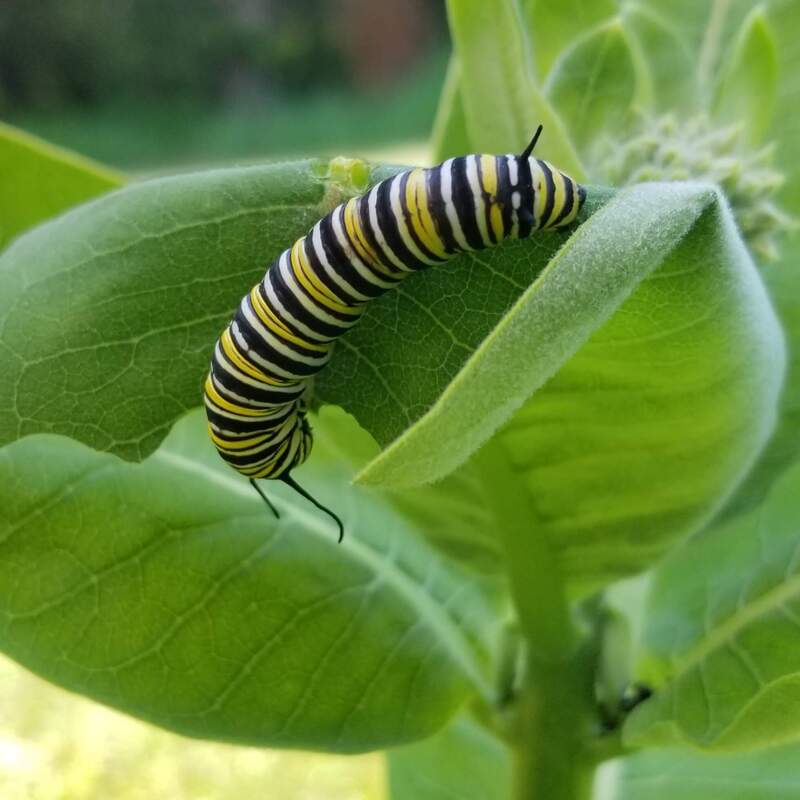
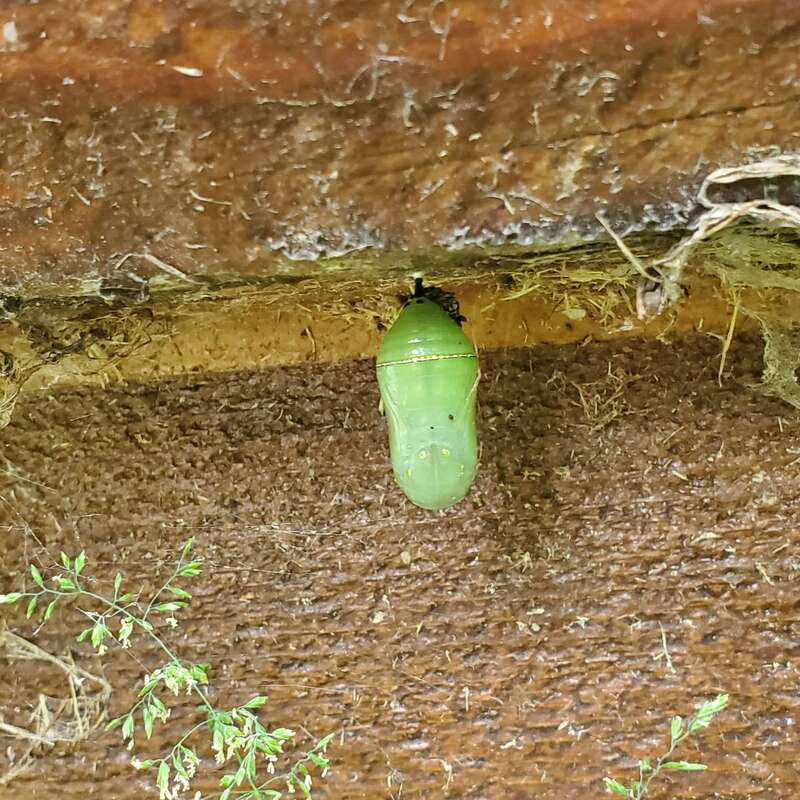
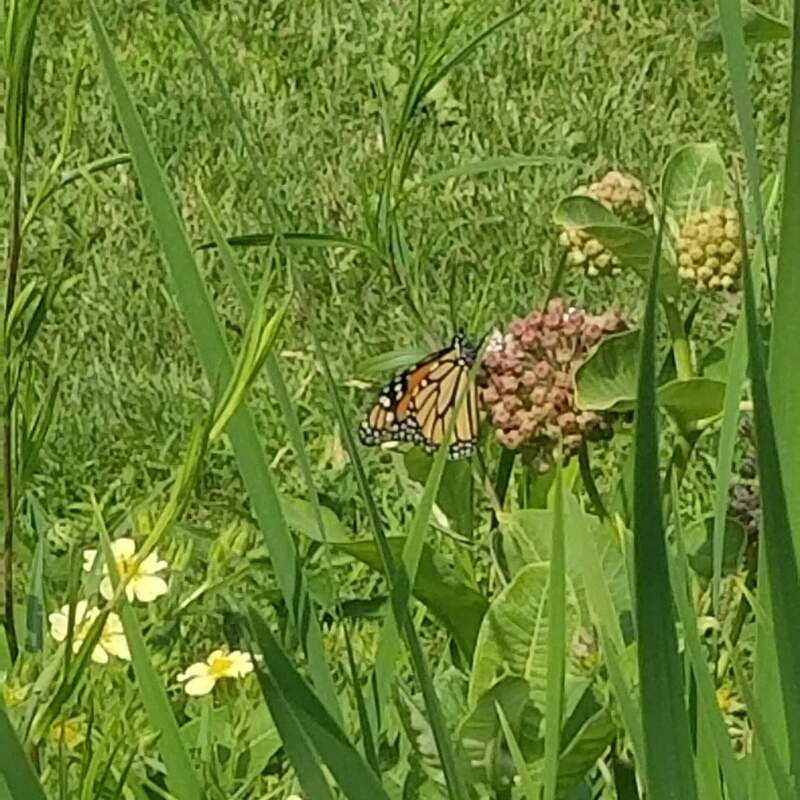
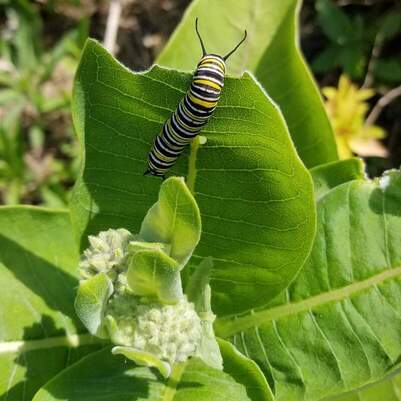
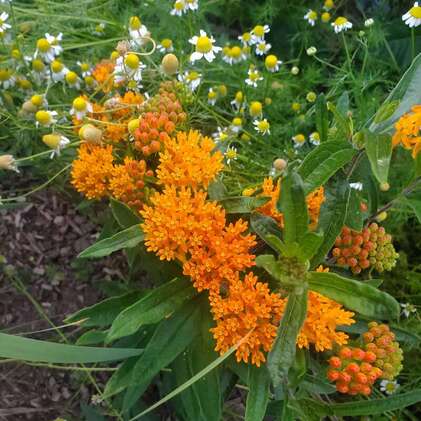
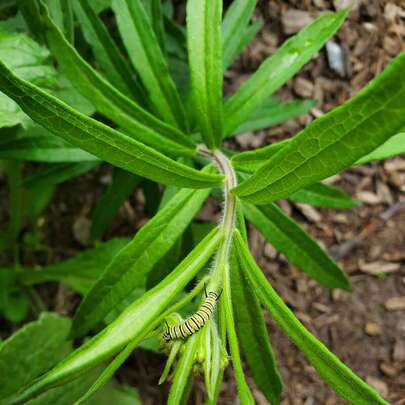
 RSS Feed
RSS Feed